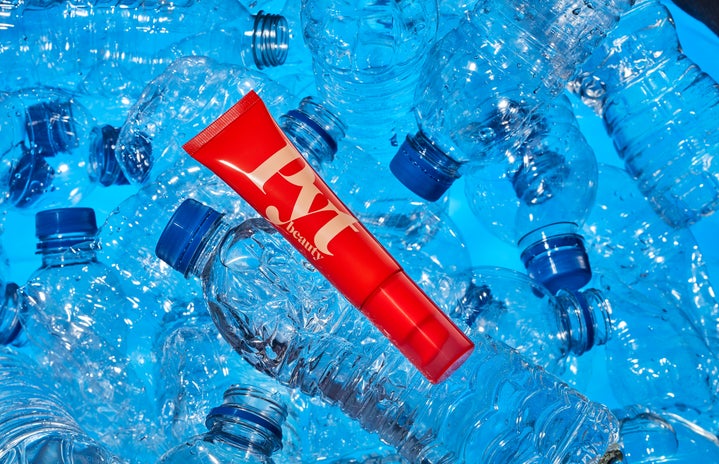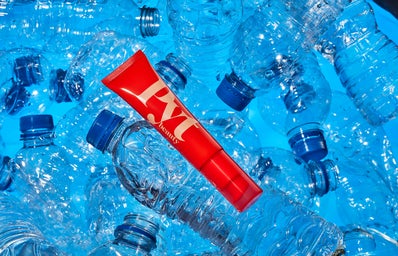I saw this puzzling ad about a subscription box named Alltrue when I was up late scrolling through Instagram. Alltrue supposedly ships random sustainable products to your door seasonally for a discounted price. I was confused. How is an excessively packaged box full of plastic products that you don’t need any sustainable? Is this an Instagrammable attempt to greenwash products for the younger generation who are trying to be more conscious while battling online shopping addictions?
Greenwashing is nothing new. Back in the ’80s, the oil company Chevron published a series of commercials of their employees embracing wild animals to spread the word of their environmental consciousness. These commercials ended up being very successful among consumers, except the environmentalists. They were angered by how the campaign covered Chevron’s notorious environment record, which includes polluting the air and spilling oil in the ocean. It was a lot easier for corporations to greenwash in the ’80s. People who received these ads on TV and in newspapers lacked convenient access to verify the information.
So how do brands still greenwash in 2021 when the internet is highly accessible to us? Nowadays, corporations come up with fancier titles with a lack of information to confuse us. In the case of the Alltrue subscription box, the only significant effort they are putting towards environment preservation is an “eco-upgrade shipping” option, meaning if the customer pays an extra dollar, one tree will be planted for every box shipped. However, it’s not hard to imagine that the truly sustainable alternative to this is to not indulge in subscribed consumption of goods we don’t need. Additionally, Alltrue claims that its packaging is recyclable. Although many materials are recyclable (like plastic), they will not likely be recycled; 40 percent of Americans do not recycle their shipping boxes. In Alltrue’s 2020 Impact Report, I was shocked to find out that some of their boxes, such as the one shipped to subscribers in fall 2020, contain less than half of the products labeled as “environmentally responsible” by their standards. What’s more chilling about it is the fact that this standard can be achieved through any use of “alternative materials, recycled packaging or clean ingredients.” This means that “environmentally responsible” can easily equate a piece of unnecessary plastic product in a paper box made with a portion of recycled materials.
Because terms like “sustainable” or “green” have no legal definition, many existing brands introduced product lines or upgrades that appear more sustainable than they are. For example, H&M’s new conscious collection claims to have included more than 50 percent recycled materials (except for cotton) but does not disclose how the materials were recycled or what they are recycled from. Starbucks’s new strawless lids actually contain more plastic than the old cold drink lid and straw combined. Windex and Adidas both launched new products and packaging made (allegedly) from 100 percent ocean plastic. This is misleading because the plastic used was actually ocean-bound plastic, which doesn’t necessarily mean plastic recovered and recycled from the ocean. Ocean-bound plastic stands for plastic that would have otherwise ended up in the ocean. Plastic in any stage of life (even brand new) within 50km to the coastline can be labeled as ocean-bound plastic.
How to be more conscious about greenwashed products? Pay attention to terms like recyclable and ocean-bound plastic. Materials like polypropylene are recyclable (sounds nice, I know) but the recycling process is hard to trace. The truth is, only 9 percent of the world’s plastic is actually recycled, and one-third of America’s plastic waste is dumped into less economically developed countries. And although recycled ocean-bound plastic is a better alternative to virgin plastic, the term itself is tricky. As I mentioned before, this plastic can be from anywhere close to the coastline. Additionally, the company doesn’t have to disclose whether or not their ocean-bound plastic is recycled or how much of the product is made from this material, so it’s up to the consumer to do the research. However, if the company can verify that their product is 100 percent made from recycled ocean-bound plastic, it’s actually a good way to decrease the possibility of it polluting the ocean.



